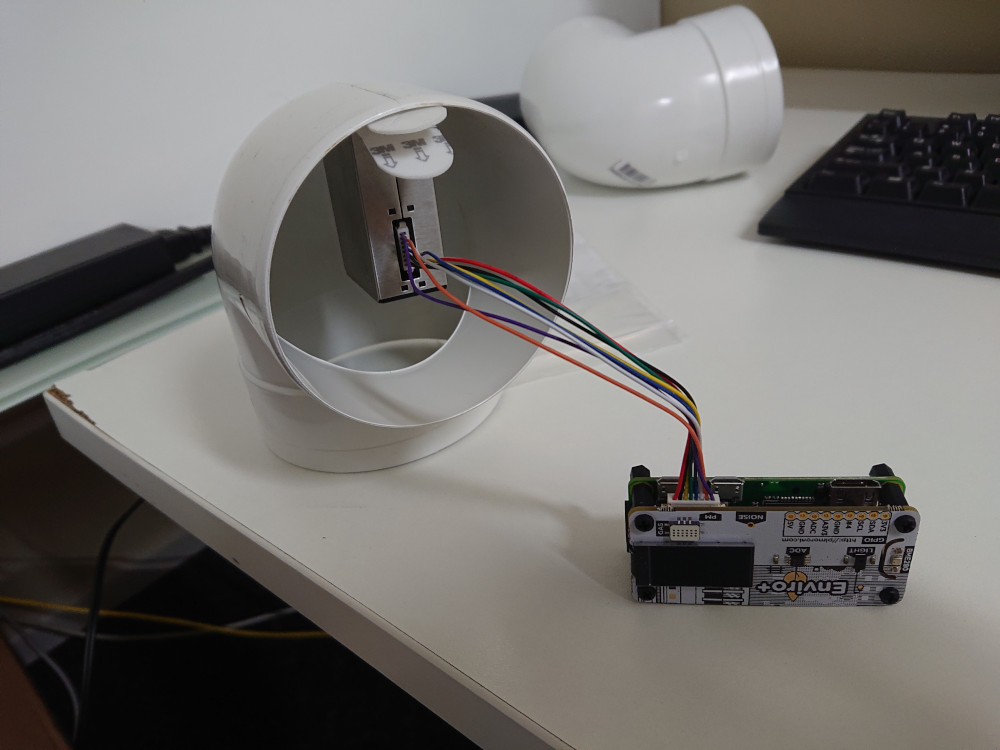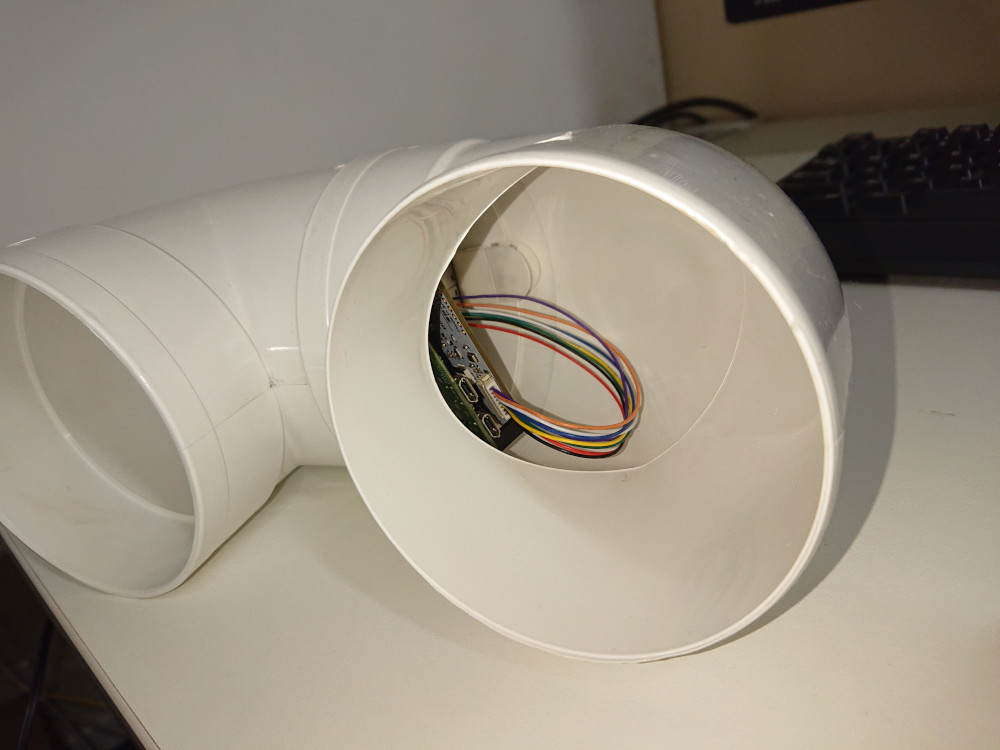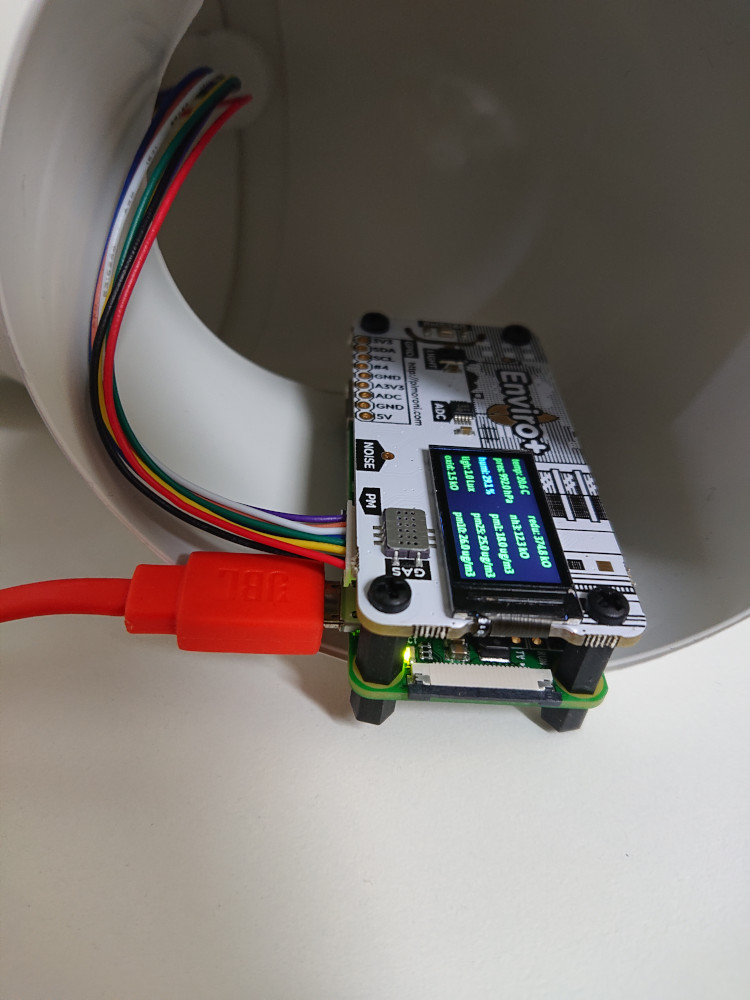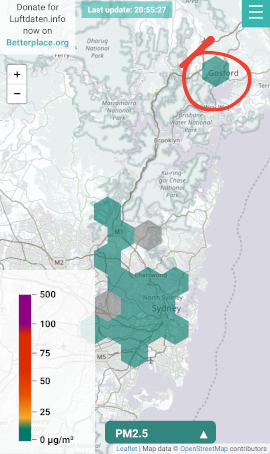Some Progress
19 Jan 2020Productive weekend was productive!
I didn’t do much in the way of actual development last weekend, still just using the example code from Pimoroni’s repo. Instead I spent most of the time tinkering with the hardware setup and a temporary enclosure so I can actually run the thing outdoors. Then I ran out of time to actually post anything about it… In the process I’ve found a couple of little issues:
- The humidity sensor in the BME280 appears to be reading very low, around 20 - 30% lower than expected. Apparently I need more airflow over the sensor.
- Occasionally the PMS5003 returns something the sample code doesn’t handle. Not sure if this is something in the protocol, a fault in the unit, or I made a mess of soldering one or more of the UART pins on the pi.
- The 20Ah battery pack I was going to run this off suddenly refused to take a charge. Not related to the sensor, and I had a spare battery pack anyway, but still annoying.
At this point, installation of the software has been fairly straightforward. There’s an existing script in the repo for pushing data to luftdaten, so I didn’t even really need to think about that. The only point where I even really had to think was when I had to remember exactly how to write a systemd unit for running it as a service.
We did manage to (accidentally) verify that the particle sensor works though. Filling the kitchen with smoke from the oven then letting it all escape from a window directly below the sensor made for an interesting blip in the logs! These lines of data were recorded just before the window was opened, and then about 30 seconds later:
{'P2': '5', 'pressure': '100667.08', 'P1': '6', 'temperature': '22.03', 'humidity': '41.33'}
...
{'P2': '278', 'pressure': '100664.61', 'P1': '289', 'temperature': '21.00', 'humidity': '42.86'}
P2 is the PM2.5 count, P1 is PM10. Note that PM10 includes all the particles that count towards PM2.5 as well, as they’re a count of particles below the given sizes.
Anyway, here’s some pictures!




